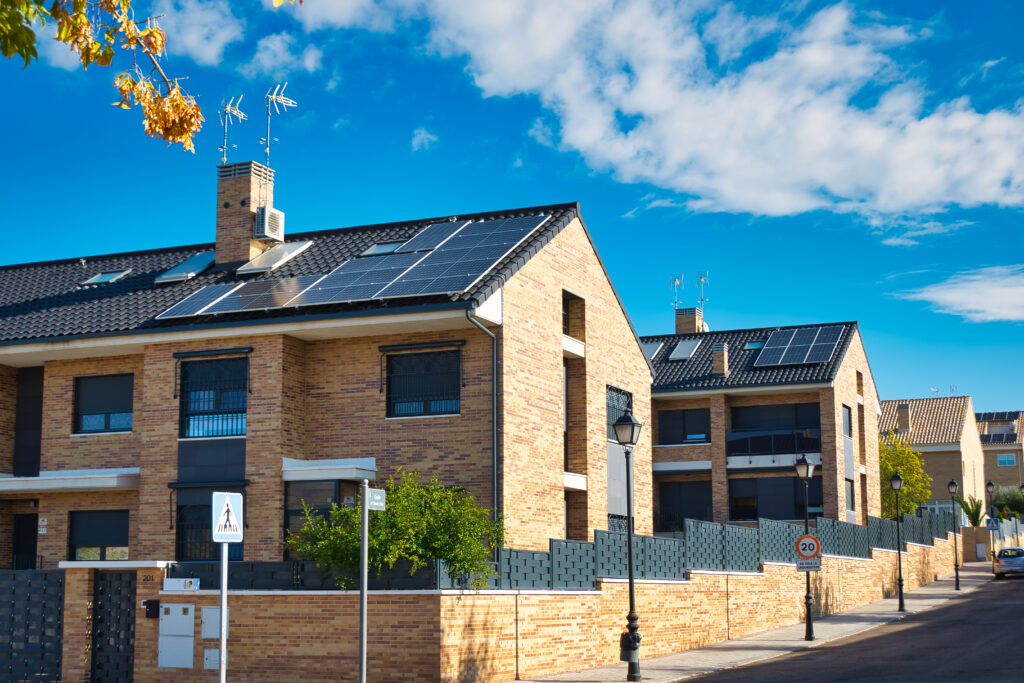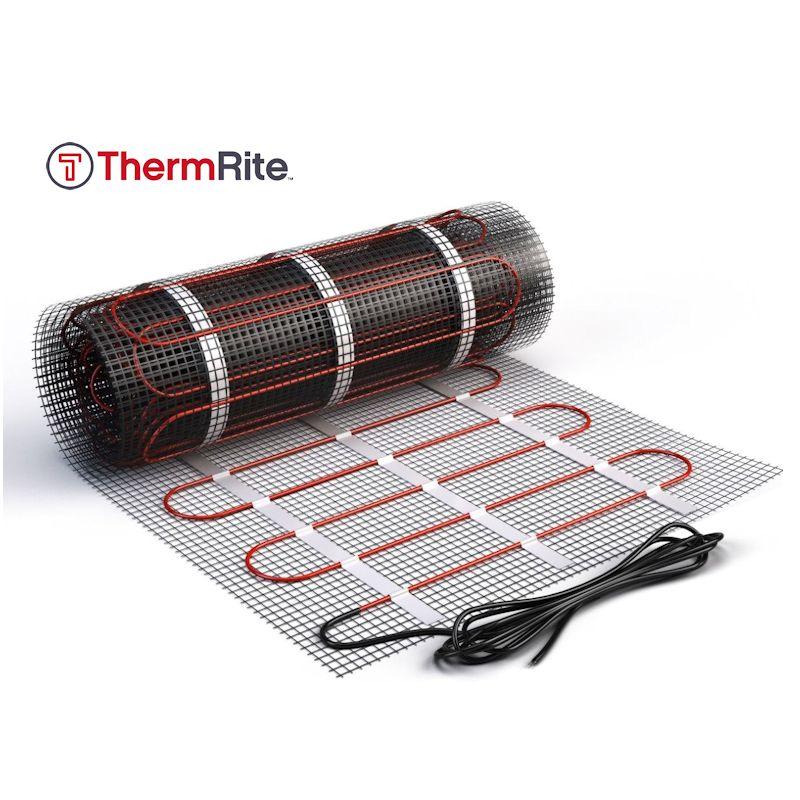Underfloor heating has gained significant popularity in recent years, as it offers an efficient and innovative way to heat our homes. Many individuals are drawn to underfloor heating due to its perceived environmental benefits. However, it is important to critically evaluate just how environmentally friendly this heating system truly is. This essay will discuss the environmental impact of underfloor heating, considering factors such as energy consumption, heat distribution, material usage, and long-term sustainability.
First and foremost, underfloor heating systems can be considered more environmentally friendly than traditional heating methods in terms of energy consumption. This is primarily due to the fact that underfloor heating operates at lower temperatures and utilizes radiant heat instead of relying solely on convection. By running at lower temperatures, underfloor heating systems generally require less energy to operate, leading to potential energy savings. Consequently, this can contribute to a reduced carbon footprint and overall energy efficiency, making underfloor heating a greener alternative.
Furthermore, underfloor heating promotes superior heat distribution throughout a room compared to conventional heating systems. It eliminates the issue of hot and cold spots commonly experienced with radiators. With underfloor heating, the entire floor surface becomes a heat emitter, resulting in a uniform temperature throughout the space. This consistent warmth reduces the need for additional heat sources, such as electric heaters, preventing energy wastage. By efficiently distributing heat, underfloor heating contributes to a more environmentally friendly heating system.

In terms of material usage, the installation of underfloor heating systems can pose concerns regarding its environmental impact. The process typically involves embedding pipes or electric heating elements within the floor structure, which may require the use of various materials. These materials can include plastic piping or electrical wires, which have their environmental implications, particularly during production and disposal. However, the environmental impact of these materials can be mitigated through responsible sourcing, recycling, and proper disposal methods. By ensuring sustainable practices throughout the life cycle of underfloor heating systems, the environmental footprint associated with material usage can be minimised.
Lastly, underfloor heating can contribute to long-term sustainability. This heating method allows for alternative heat sources, such as heat pumps or solar energy, to be integrated effectively. Heat pumps can utilise renewable energy from the air or ground, reducing reliance on fossil fuels. Furthermore, underfloor heating can be combined with geothermal systems, which tap into the natural heat of the earth, resulting in a highly sustainable heating solution. By embracing these renewable energy sources, underfloor heating systems can significantly reduce greenhouse gas emissions and promote a more environmentally friendly approach to heating homes.
In conclusion, underfloor heating systems offer several environmentally friendly advantages. Energy savings are possible due to their lower operating temperatures and reliance on radiant heat. The efficient distribution of heat eliminates the need for additional heat sources, thereby reducing energy wastage. Though the installation process may raise concerns regarding material usage, responsible practices can mitigate their environmental impact. Moreover, underfloor heating can be integrated with renewable energy sources, ensuring long-term sustainability. Therefore, underfloor heating can be deemed a greener and more eco-friendly option for heating our homes.



